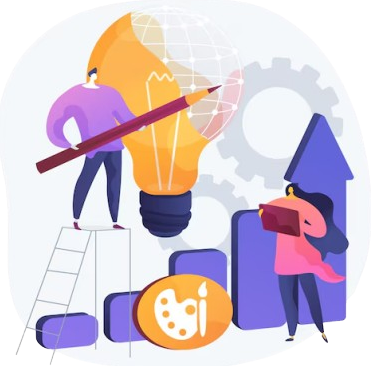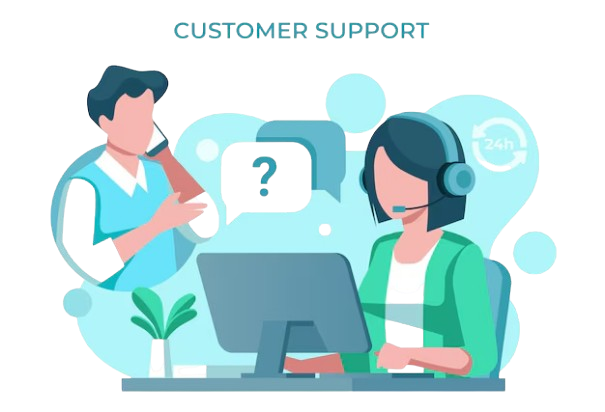
Development Plan for Osm Technology
1. Overview:
- Brief introduction to the development plan, outlining its purpose, scope, and objectives.
- Emphasize the importance of continuous improvement and innovation in delivering high-quality web design and digital solutions.
2. Current State Assessment:
- Evaluate Osm Technology’s existing development processes, methodologies, and technologies.
- Identify strengths, weaknesses, opportunities, and threats related to development capabilities.
- Gather feedback from development team members, clients, and stakeholders to understand pain points and areas for improvement.
3. Development Objectives:
- Enhance efficiency and productivity in the development process.
- Improve the quality and reliability of web design and digital solutions.
- Stay updated on emerging technologies and industry best practices.
- Foster a culture of learning, collaboration, and innovation within the development team.


4. Development Strategies:
- Agile Methodology: Adopt agile development principles to promote flexibility, transparency, and rapid iteration in project delivery.
- Continuous Integration/Continuous Deployment (CI/CD): Implement CI/CD pipelines to automate testing, deployment, and delivery processes, reducing time to market and minimizing errors.
- Code Review and Quality Assurance: Establish robust code review and QA processes to maintain code integrity, identify bugs, and ensure compliance with coding standards.
- Technology Stack Evaluation: Regularly assess the suitability of current technology stack and explore opportunities to integrate new tools, frameworks, and libraries to improve development efficiency and scalability.
- Training and Skill Development: Provide ongoing training and professional development opportunities for development team members to enhance their technical skills, stay updated on industry trends, and foster personal growth.
- Client Collaboration: Foster close collaboration with clients throughout the development lifecycle, soliciting feedback, managing expectations, and ensuring alignment with project goals and objectives.
- Documentation and Knowledge Sharing: Establish comprehensive documentation standards and knowledge sharing practices to capture project insights, lessons learned, and best practices for future reference.
5. Development Tactics:
- Conduct regular sprint planning, review, and retrospective meetings to prioritize tasks, track progress, and address challenges in real-time.
- Implement automated testing frameworks and tools to streamline regression testing, performance testing, and security testing.
- Encourage pair programming, code refactoring, and peer mentoring to promote knowledge exchange and code quality improvement.
- Organize workshops, seminars, and tech talks to facilitate knowledge sharing and promote awareness of emerging technologies and industry trends.
- Invest in developer tools, subscriptions, and resources to support skill development and enhance productivity.=


6. Resource Allocation:
- Allocate budget and resources for training, tools, infrastructure, and other development-related expenses.
- Identify key personnel responsible for overseeing the implementation of the development plan and monitoring progress.
7. Timeline and Milestones:
- Define clear milestones and timelines for each development initiative, including implementation, testing, and deployment phases.
- Regularly review progress against milestones and adjust timelines as needed to ensure timely delivery and alignment with project objectives.
8. Evaluation and Measurement:
- Establish key performance indicators (KPIs) to measure the success of development initiatives, such as development velocity, code quality metrics, and client satisfaction scores.
- Conduct regular retrospectives and post-mortems to reflect on project outcomes, identify lessons learned, and identify areas for improvement.
- Solicit feedback from clients, stakeholders, and development team members to gauge the effectiveness of development processes and identify opportunities for refinement.
9. Conclusion:
- Summarize the key components of the development plan and highlight the importance of ongoing evaluation, adaptation, and continuous improvement in achieving development objectives.
This development plan provides a structured framework for enhancing Osm Technology’s development capabilities and delivering high-quality web design and digital solutions to clients. Adjustments can be made based on specific business goals, project requirements, and industry dynamics.

How We Build Your Business Into A “Known Brand”
With Search Engine Optimization?
Payment Solutions & Tools
Higher Visibility Of Products
Secure Web Portal
3rd Party Custom API integration
Logistics Management
Product Information Management


